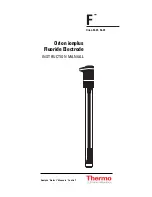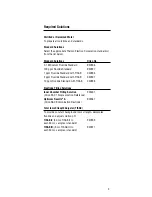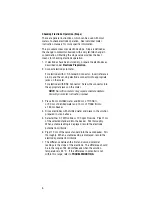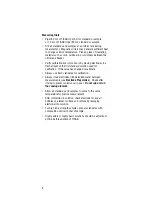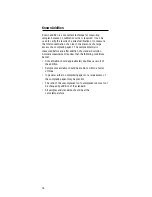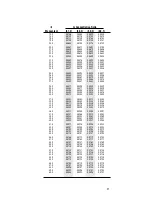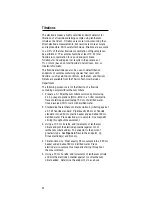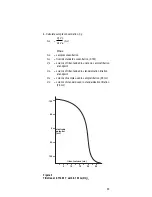
Analytical Procedures
A variety of analytical techniques are available to the analyst.
The following is a description of these techniques.
Direct Calibration
This simple procedure is for measuring a large number of
samples. Only one meter reading is required for each sample.
Calibration is performed in a series of standards. The
concentration of the samples is determined by comparison to
the standards. ISA is added to all solutions to ensure that
samples and standards have similar ionic strength.
Incremental Techniques
This is a useful method for measuring samples with no
calibration requirements. As in direct calibration, any
convenient concentration unit can be used. The different
incremental techniques are described below. They can be used
to measure the total concentration of a specific ion in the
presence of a large (50-100 times) excess of complexing agent.
•
Known Addition
is an alternate method useful for measuring
dilute samples, checking the results of direct calibration
(when no complexing agents are present), or measuring the
total concentration of an ion in the presence of an excess
complexing agent. The electrodes are immersed in the
sample solution and an aliquot of a standard solution
containing the measured species is added to the sample
solution. The original sample concentration is determined
from the change in potential before and after the addition.
•
Known Subtraction
is useful as a quick version of a titration,
or for measuring species for which stable standards do not
exist. It is necessary to know the stoichiometric ratio
between standard and sample. For known subtraction, an
electrode sensing the sample species is used. Stable
standards of a species reacting completely with the sample in
a reaction of known stoichiometry are necessary.
9
Summary of Contents for 96-09
Page 7: ...4 ...

